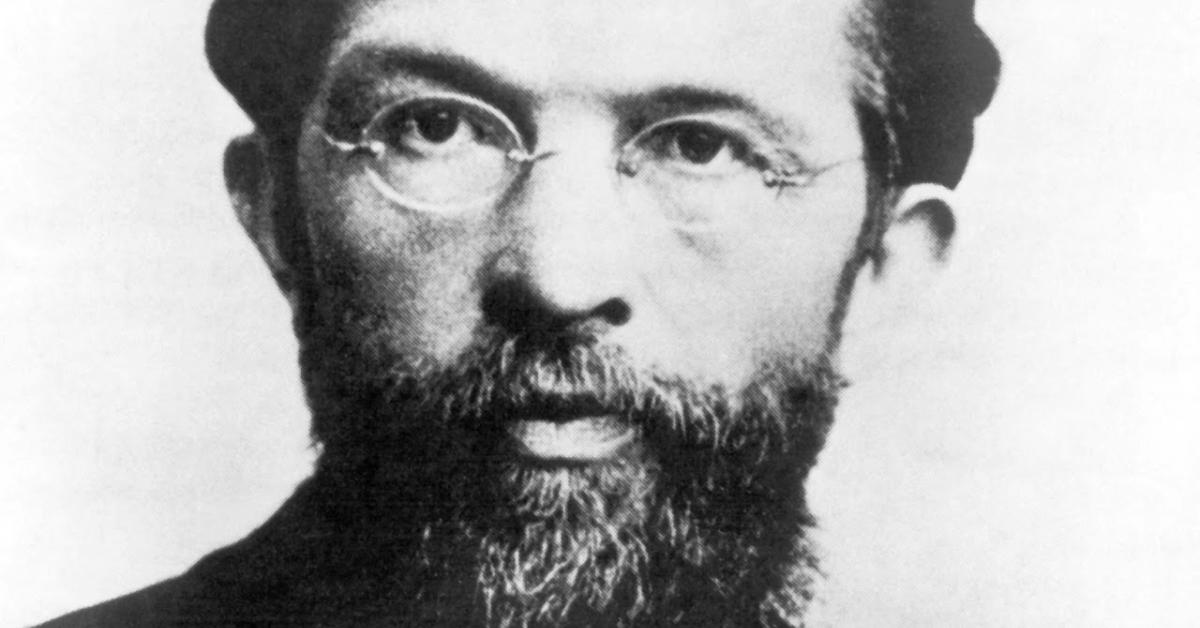Adam Smith, in his 1776 book The Wealth of Nations, stipulates the guiding principles of classical economic orthodoxy, establishing guiding principles that will guide the English economic paradigm. Despite a tradition more focused on Colbertism (between the sixteenth and seventeenth centuries) and physiocracy (from the eighteenth century onwards), classical economics managed to penetrate this French academic environment due to names such as Jean-Baptiste Say and Anne Robert Jacques Turgot.
In The Wealth of Nations, Adam Smith presents a comprehensive analysis of the principles of economics, outlining the foundations of economic liberalism and providing a conceptual structure of political economy that will influence the advent of several currents (outside the classical paradigm), which use the theoretical framework developed by the classics. David Ricardo, emerging at the beginning of the nineteenth century, had a significant impact on the evolution of economic thought. His influence was substantial in the formation of the theoretical basis of Marxism, especially with regard to the labor theory of value—the theory of wages and income.
Furthermore, Ricardo’s contributions were also reflected in the later Neoclassical School, represented by figures such as Alfred Marshall and Léon Walras. The transition from classical theories to the neoclassical approach involved a reinterpretation of concepts that had already been scrutinized but now used a mathematical guise, based on equilibrium models.
One of the fundamental principles that guide Adam Smith’s economic theory is the concept of the division of labor. This principle represents a central piece that permeates the entire Smithian structure for the improvement of human material conditions and the modernization of capital goods. The central idea of the Smithian division of labor is that, by specializing individuals in specific areas of the production of goods and services, there is a significant increase in overall efficiency and productivity. Smith illustrates how this specialization leads not only to the optimization of individual talents but also to maximizing society’s total output.
In the context of the discussion on the division of labor, it is pertinent to note that the Austrian School, instead of denying the importance of this principle, supports a perspective that differs from Adam Smith’s central vision. The Austrian School recognizes that the progressive division of labor, as emphasized by Smith, has indeed contributed significantly to the increase in productivity and, therefore, to the improvement of well-being in the human material condition.
However, it is important to note that, in the work Principles of Economics, Carl Menger—a scholar of Smith’s theoretical framework—infers the view that the progressive division of labor should not be considered the sole cause of all advances in productivity. Menger highlights that, although it is a relevant factor, there is a complexity of other equally essential elements that play important roles in this process.
Menger then cites the example of an indigenous tribe that, due to circumstantial factors, starts to use the division of labor. So, now we have individuals who are hunters, fishermen, farmers, warriors, caregivers, administrators, and other roles who perform a wide range of tasks, increasingly specific to the tribal context. Menger says that, although the gain in productivity—that is, the efficiency resulting from the division of labor—is extremely important, the marginal increase in productivity will not lead to the full qualitative development of the production of goods in themselves.
The gain in efficiency is the result of the optimized organization of productive agents, where each one performs specific functions according to their abilities and inclinations. However, it is important to note that the Smithian division of labor itself can only result in a state where productive agents effectively have the material capacity to use the division of labor, as technical development has provided them with this. We can infer then that using only the Smithian division of labor—despite the quantitative gains and the improvement of material conditions within technical and technological limits—the tribe did not achieve a qualitative improvement in material conditions.
Menger highlights, in a striking way, a crucial point that would later be expanded upon by his students Eugen von Böhm-Bawerk and Friedrich Freiherr von Wieser. They developed a theory that establishes a fundamental connection between material well-being, the capital assets in an economy, and its underlying productive capacity. Menger brilliantly establishes the relationship between causal links in production chains and the development of human material conditions.
To exemplify the situation, Menger postulates:
If a people, instead of simply dedicating themselves to more primitive activities—that is, limiting themselves only to gathering and using available goods of a lower order (in the most primitive stages, generally first and second order goods)—start working with third and fourth order goods, or higher orders, and to meet your needs always resort to processing goods of an increasingly higher order, especially if each step in this direction is accompanied by an appropriate division of labor, we shall doubtless observe that progress in welfare which Adam Smith was disposed to attribute exclusively to the latter factor (division of labor).
This means that, by abandoning the convenience of only processing lower-order goods or directly consuming first-order goods, productive agents increasingly establish causal links and extensive webs of relationships between higher-order goods and their underlying complementary lower-order goods.
Using causal links between goods of different orders, technological development occurs through the improvement of the production of goods of a higher order. Productive agents not only increasingly use different types of goods to develop first-order goods, but also create a technological and productive interconnection between different orders of goods, promoting technological development. The complex technological and productive interconnections between different orders of goods generate a positive feedback cycle. As productive agents process higher-order goods and improve efficiency in producing these goods, there is an improvement in the quality and quantity of the underlying complementary goods.
The more complex the production involving the processing of higher-order goods and the creation of intricate causal links between these goods and their underlying complements, the greater the technological development becomes. This complexity promotes a dynamic interconnection between different stages of the production chain, stimulating innovation, efficiency, and continuous improvement in the quality and quantity of products. The result is a “virtuous cycle” that contributes to economic and social advancement, providing greater diversity of goods, increased productivity, and improved living conditions in society.
To solidify the understanding of this issue, Mengerian theory establishes that a primitive society is one that is exclusively concerned with collecting first-order goods and, at most, transforming second-order goods into first-order goods. We can observe this in nomadic groups of hunter-gatherers, where the emergence of first-order goods constitutes a mere chance—that is, they have no influence on the improvement and preparation of these goods; they just use them in the way nature provides them. With the advent of agriculture, we can see an increasingly greater chain of causal links used for the production and improvement of goods with increasingly higher orders.
Now, having established the causal nexus of higher-order goods increasingly distant from the first-order good, which is the true provider of the change from the state of need to the state of satisfaction through its extrinsic utility, these chains of the causal nexus will provide greater control and direction of the production and improvement of goods. In this way, the development of causal links maximizes the economic agents, who—due to the need to optimize the allocation of resources in the production process—will be able to experience the benefits resulting from the division of labor.
Likewise, Böhm-Bawerk bases his theory of production on Menger’s concept of causal links, further extending and improving ideas about economic production. The crucial point in Bawerkian theory is the proposition that when we adopt indirect routes of production, we obtain superior results. This arises from the cumulative development of capital goods throughout the production process, allowing a progressive improvement in the efficiency and quality of final goods.
In the context of indirect production methods, Böhm-Bawerk highlights the importance of directing resources toward the creation and continuous expansion of capital goods. Therefore, in Bawerkian theory, production by indirect means—characterized by the strategic use of capital goods in conjunction with the “forces of nature”—is intrinsically linked to the material conditions that influence the production process, and this is the so-called capitalistic production, which occurs through capital goods.
Therefore, through the insightful analysis of the precursors of the Austrian School, it becomes evident that the Smithian division of labor—fundamental to specialization and productive efficiency—only became possible through the meticulous development of Mengerian causal links and Bawerkian capitalistic production. Understanding the relationships in production chains between first-order goods and higher-order goods, combined with the strategic application of capital goods and the incorporation of natural forces, establishes the indispensable foundations for economic progress. Thus, the comprehensive vision outlined, based on Menger’s principles and improved by Bawerkian theory, highlights that the natural potential for improving production resulting from the division of labor only comes to fruition when rooted in a deep understanding of causal links and the effective application of indirect production methods.























